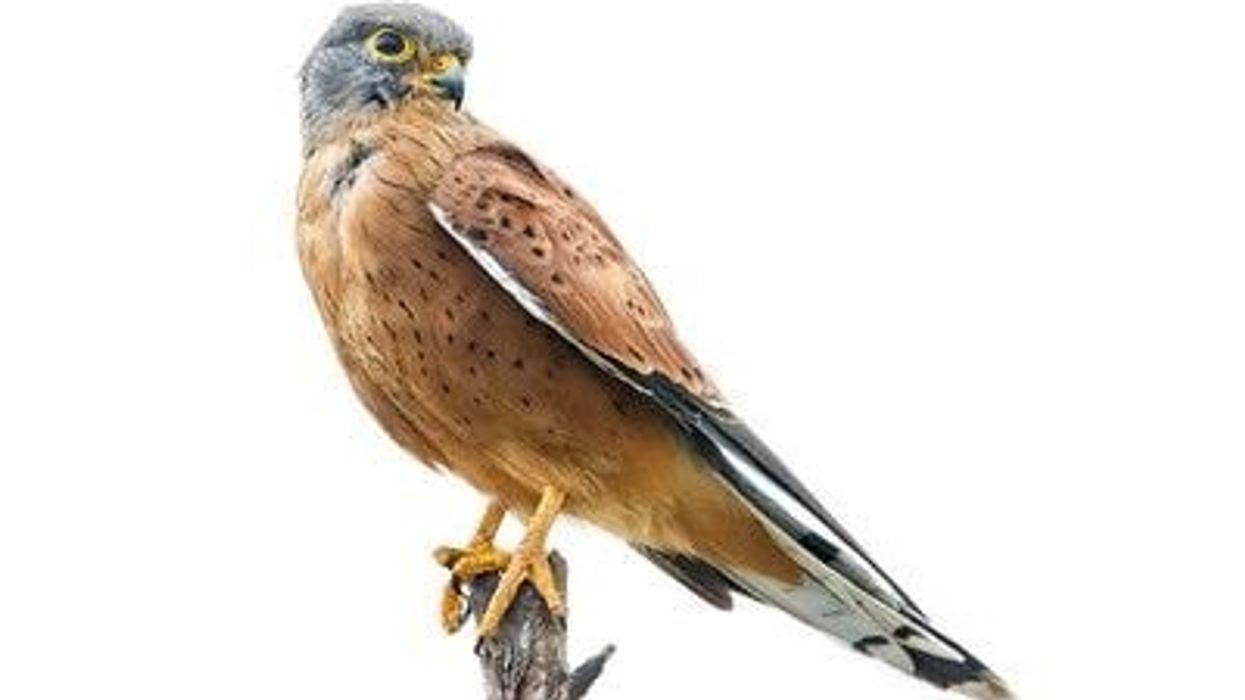The lesser crested tern (Thalasseus bengalensis) is a bird species belonging to the tern family Sternidae. It is identified by the black cap of feathers present on its head and its long, orange bill.
This tern is piscivorous in nature and feeds primarily on fish found in the middle layers of the ocean. It hunts these by taking part in fast-paced plunge-diving, fishing out prey with its sharp beak. They can often be seen foraging for food in huge flocks, consisting of other bird species as well.
These birds are usually found in large crowds among the sandy, rocky coastlines of Africa, Southeast Asia, Australia, and the Indian subcontinent. They are mostly migratory, with the Australian population remaining sedentary during the winter.
To learn more about this fascinating bird species, read on! For more relatable content, check out these royal tern facts and sooty tern facts for kids.
Lesser Crested Tern Interesting Facts
What type of animal is a lesser crested tern?
The lesser crested tern (Sterna bengalensis) is a type of bird belonging to the family Laridae.
What class of animal does a lesser crested tern belong to?
The lesser crested tern (Thalasseus bengalensis) species belongs to the class of Aves.
How many lesser crested terns are there in the world?
Though the exact population of these birds in the world is currently unknown, we do know that their numbers are quite abundant and their population is stable.
Where does a lesser crested tern live?
The location of these birds depends on their subspecies. They are prevalent in Australia where they are a resident species. The lesser crested tern range includes the Indian subcontinent, the Middle East, Papua New Guinea, Madagascar, Southeast Asia, and northwest and eastern Africa, all of these being migrating populations.
What is a lesser crested tern's habitat?
The lesser crested tern is a coastal bird species and can usually be found inhabiting sandy and rocky shores, mudflats, coral reef flats, lagoons, offshore islands, tide pools, and beaches. Their population can also be found in shallow sea areas rich with kelp and algae.
Who do lesser crested terns live with?
These birds are often found in huge colonies, consisting of almost 20,000 pairs nesting on a single coast. Their nesting areas are quite dense, giving adequate protection from predators. Even in the off-season, they are found foraging and roosting in huge flocks.
How long does a lesser crested tern live?
The typical lifespan for this bird species has been observed to be 12 years of age, with the birds maturing for breeding by the age of three.
How do they reproduce?
These birds have different breeding seasons, depending on location. In Australia, they breed from September to December, in the Persian Gulf from May to June, and from July to August in Somalia and Libya.
These birds breed in colonies based on inshore islands, coral flats, sandbanks, and flat sandy beaches, consisting of over 20,000 pairs of mating birds. They mostly flock to these colonies once yellow-legged gulls have finished breeding and gone. After the mating process, the female lays about one to three eggs in a shallow depression surrounded by vegetation for cover.
These are then incubated until they hatch. After the breeding period finishes, mostly after August, they depart for migration.
What is their conservation status?
The current conservation status of these birds is of Least Concern.
Lesser Crested Tern Fun Facts
What do lesser crested terns look like?
The lesser crested tern species has been described as medium-sized tern with its defining features being the black cap of feathers on its head, black legs, and its slender, sharp orange bill. The plumage on its upperparts along with the rump and tail are gray, with its underparts being white.
The tail and wing feathers darken to slate gray at the tips. During the winter, its black forehead turns white in color.
How cute are they?
There is no doubt that these birds are quite attractive in appearance. Their soft gray and white-colored plumage along with the striking cap of feathers on their head makes them quite an attractive species.
How do they communicate?
The lesser crested tern has a call quite similar to that of the sandwich tern. It has been described as a loud, grating call sounding like 'krrrr' which is quite sharp on the ears. During the breeding season, their call becomes lower-pitched in nature.
How big is a lesser crested tern?
These birds measure between a range of 13.8-17.7 in (35-45 cm) from beak to tail.
How fast can a lesser crested tern move?
The exact flight speed of this bird species is currently unknown. Though the Arctic tern, another bird species belonging to the same family, is known to fly at 24 mph (38.6 kph), we can assume that the lesser crested tern has a flight speed between the range of 6.2-23.6 mph (10-38 kph).
How much does a lesser crested tern weigh?
Lesser crested terns have been observed to weigh between a range of 6.3-8.5 oz (180-240 g). They are the same size as the Inca tern, another species of tern bird.
What are the male and female names of the species?
There are no specific names for either sex of this species. Males are called cocks and females are called hens, similar to other birds.
What would you call a baby lesser crested tern?
Baby lesser crested terns are called chicks, hatchlings, or fledglings.
What do they eat?
Lesser crested terns are carnivorous in nature, sustaining themselves on mostly fish. They feed on mostly pelagic fish which is fish found in the middle layers of the sea, rivers, and ponds as well as crustaceans such as crabs and shrimp.
Are they dangerous?
These birds are not particularly dangerous or aggressive. They rely on the sheer strength of their numbers to keep predators at bay, building their nests close together in the hopes that intruders would be too intimidated to approach.
Being wild birds, it is still not a great idea to approach them as they might get alarmed and strike with their beaks and claws.
Would they make a good pet?
Being wild birds, it is not a good idea to keep them as pets. They are highly social birds and are comfortable in huge flocks which are not feasible to keep at home. They are also migratory, meaning they are non-residential birds and relocate during the winters.
Did you know...
Though these birds are very similar in appearance to the sandwich tern, Chinese tern, and elegant tern, there are subtle differences by which we can tell them apart.
The most obvious difference between these birds is in the bill, with the lesser crested tern having a bright orange bill, the sandwich tern having a black bill tipped with yellow and the Chinese tern having a black-tipped orange bill. The elegant tern also has an orange bill, though it is much more long and slender than the others.
This bird can also be told apart from the presence of its gray rump which is absent in the Chinese, elegant, and sandwich varieties.
It has two scientific names, the Sterna bengalensis and the Thalasseus bengalensis.
Do lesser crested terns migrate?
Yes, the lesser crested tern population is known to migrate during the winters. However, only the Middle Eastern and African population have been observed to move southwards during the cold, with the Australian colonies remaining sedentary all throughout the year.
The migratory subspecies population winter in South Africa, returning home once the temperatures start to rise again. They mostly migrate after August once the breeding season is over.
What is the difference between the swift tern vs. lesser crested tern?
The lesser crested tern differs from the swift tern or greater crested tern in size. They are almost identical in appearance, with the swift tern measuring 18.1-19.3 in (46-49 cm).
The black cap of the swift tern is also more prominent, extending over its eyes and with its crown feathers standing up on end at the back. Their beaks are also more yellow than orange.
Here at Kidadl, we have carefully created lots of interesting family-friendly animal facts for everyone to discover! Learn more about some other birds from our fairy tern interesting facts and black tern surprising facts pages.
You can even occupy yourself at home by coloring in one of our free printable greater crested tern coloring pages.









